Abalone are a gastropod mollusc. The ear-shaped shell of an abalone is hard and rough on the outside to protect the animal from predators, and smooth and shiny on the inside to protect the soft body from damage.
Water is drawn in near the front of the shell, passes through the gills, and leaves through the row of respiratory holes near the edge of the shell.
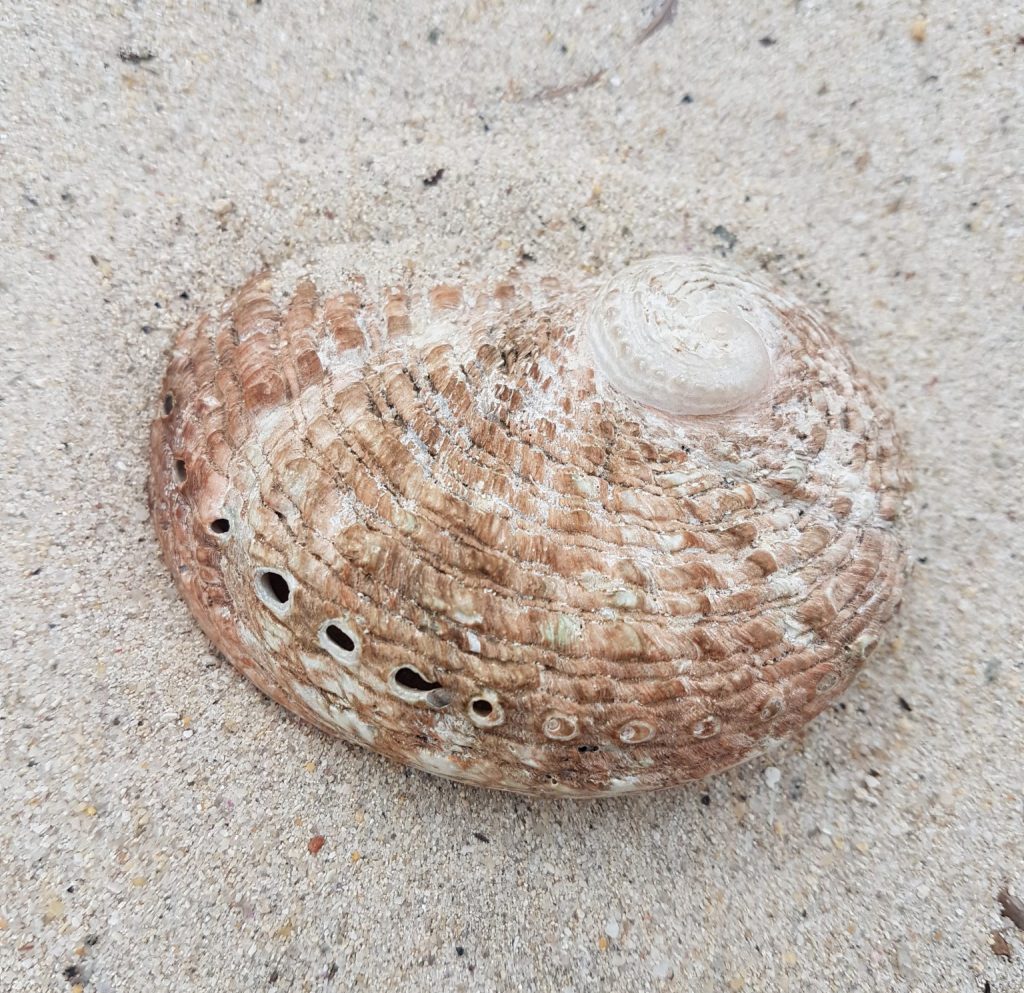
Figure 1. The respiratory holes on an abalone shell (Image: Carina Lancaster)
Abalone are herbivores – they feed on algae mainly at night and hold on tightly to the rocks during the day.
There are 11 species of abalone found in Western Australian waters, but only three of them are large enough and numerous enough to support fishing – Roe’s abalone, greenlip abalone and brownlip abalone.
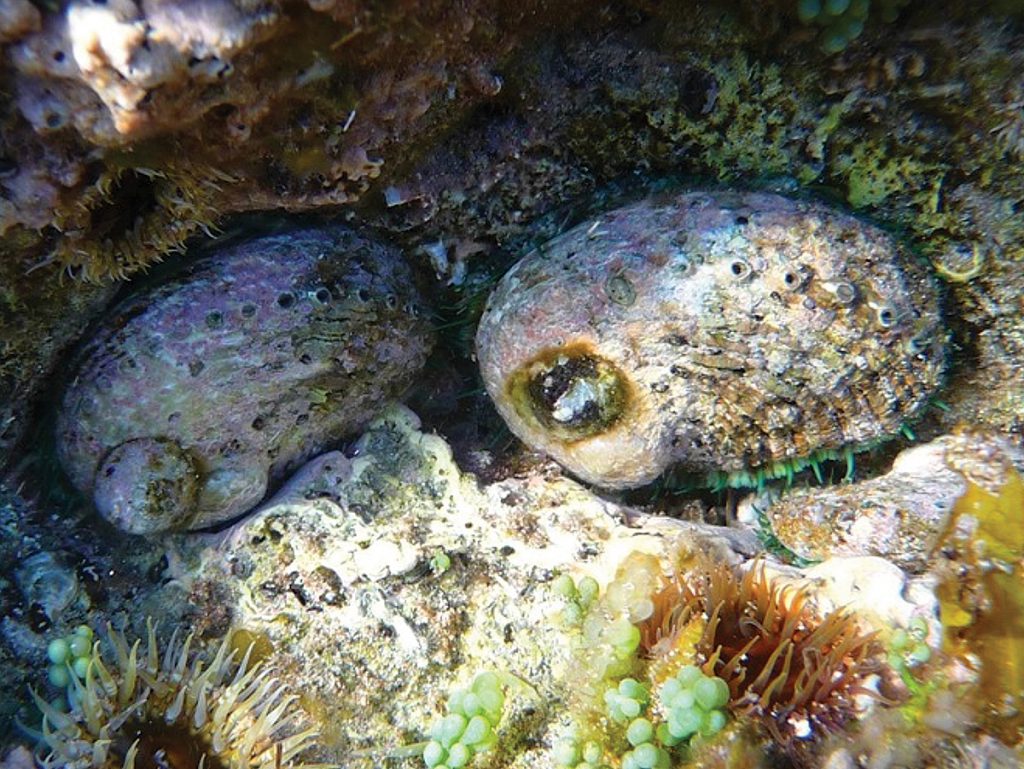
Figure 2. Roe’s abalone (Image: Dave Murphy)
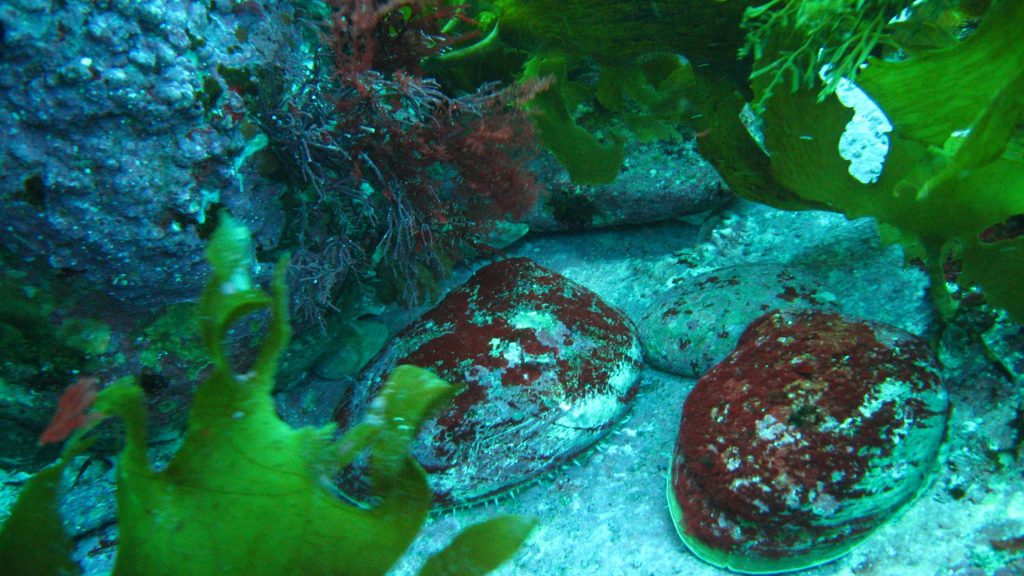
Figure 3. Greenlip abalone (Image: Mark Davidson)
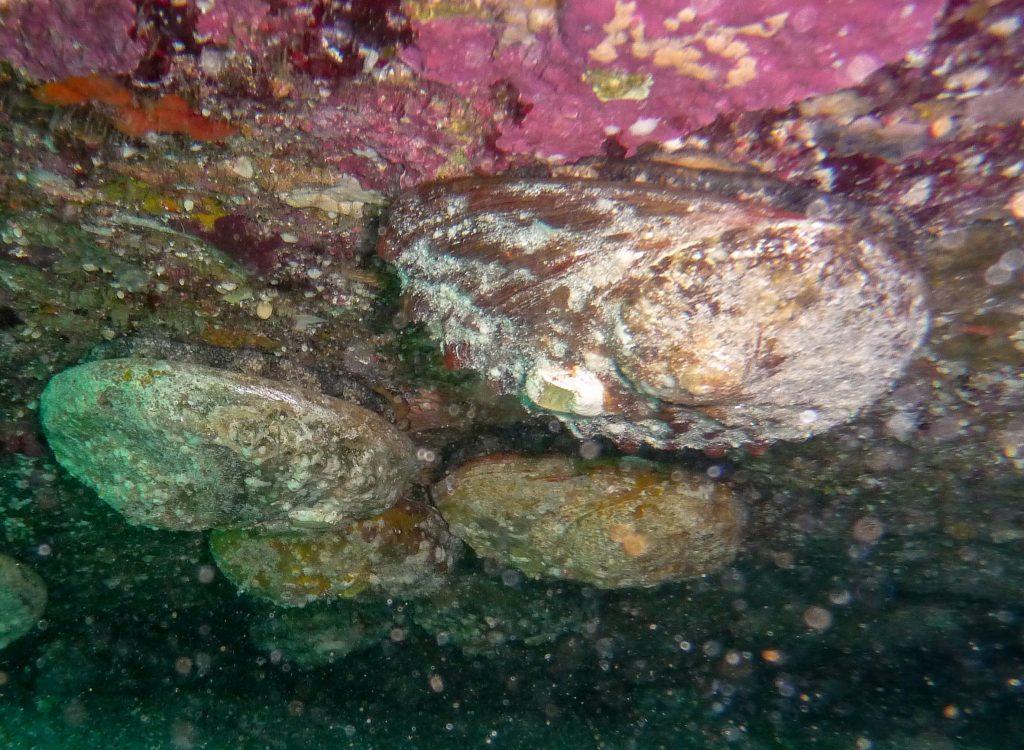
Figure 4. Brownlip abalone (Image: DPIRD Mollusc Research)
Roe’s abalone inhabit mostly shallow near-shore limestone reefs across the southern half of the State and are common around Perth and near Geraldton. The two larger species (greenlip and brownlip abalone) are found on rocks and reefs in mainly deeper water, generally along Western Australia’s southern coast.
Abalone support a valuable commercial fishery – and one of the world’s shortest recreational fisheries. For only a few hours of the year, the shallow reef platforms off Perth beaches are swarming with thousands of people out to gather their bag of Roe’s abalone.
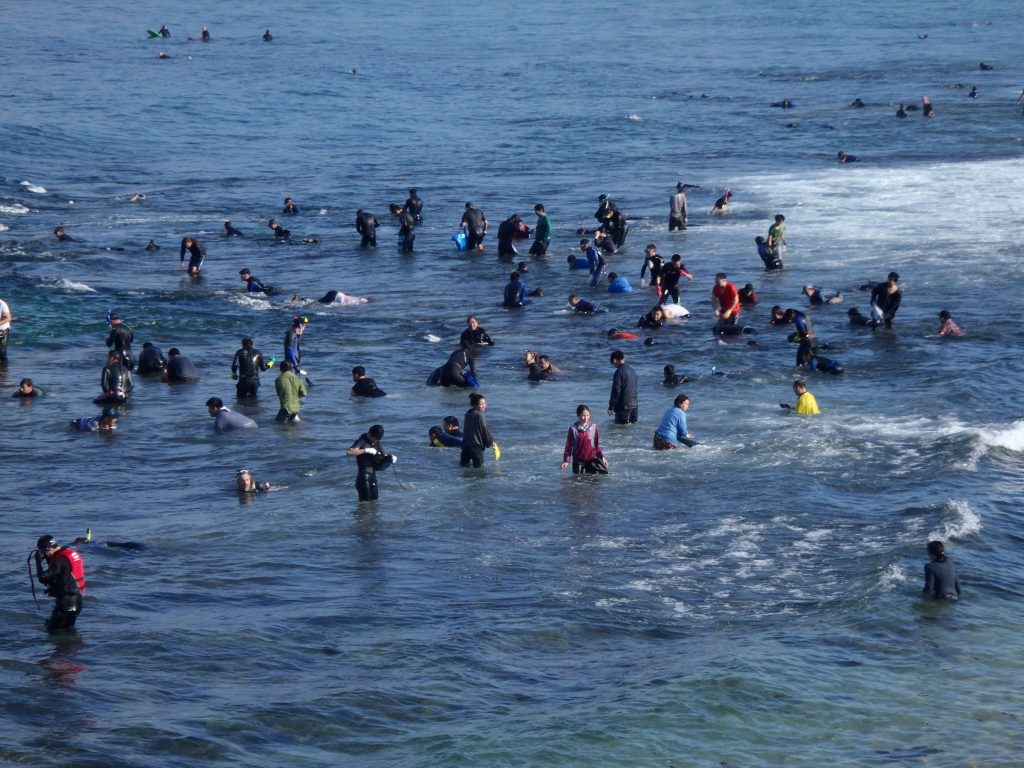
Figure 5. Recreational fishing for Roe’s abalone (Image: Carina Lancaster)
Did you know…
An abalone does not have a blood-clotting agent and can therefore bleed to death if it is damaged or injured when being removed from a reef.
